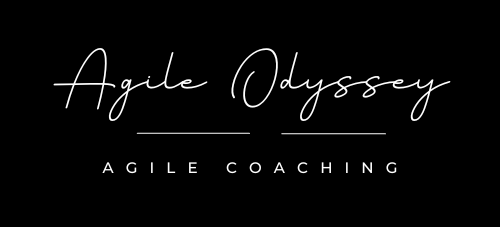Picture this: you’re a member of an agile team working on a software development project. You’ve got your fellow team members by your side, all ready to take on the project and deliver amazing results.
But what does it take to be a healthy agile team? Here are the characteristics that in my opinion define a healthy agile team and how they contribute to the success of the project.

First things first, clear communication is key. You don’t want to be the team member who says “Wait, what? I thought we were doing something else!” during a stand-up meeting. So, make sure you’re communicating clearly, openly, and often. Don’t be afraid to speak up when you have questions or concerns. And, always listen carefully to what your teammates have to say.
Next up, collaboration and teamwork. You don’t want to be the one carrying the whole project on your shoulders (that would be exhausting!). Instead, work together as a team to achieve your goals. Share your expertise, help each other out, and celebrate each other’s successes. When you work together, you can accomplish so much more than you ever could alone.
Agile teams also need to be flexible and adaptable. Let’s face it, things don’t always go according to plan. You might need to pivot quickly to address new priorities or challenges. That’s why it’s important to be open to change and willing to adjust your approach as needed. Take risks and try new things. Who knows, you might discover a more efficient way to get things done!
Continuous improvement is another key characteristic of a healthy agile team. Don’t be satisfied with “good enough.” Instead, strive for greatness. Reflect on your processes, identify areas for improvement, and experiment with new approaches. You never know what amazing ideas might come out of a brainstorming session with your team.
Agile teams must also hold themselves accountable for the success of the project. This means taking ownership of your work and being responsible for delivering on your commitments. Keep your team updated on your progress and don’t be afraid to ask for help when you need it.
And last but not least, empathy and respect. Remember that your team members are human beings with their own strengths, weaknesses, and needs. Be aware of these differences and work together to find a way to accommodate everyone’s needs. Always treat your team members with respect and kindness. When you feel valued and respected, you’re more likely to give your best effort.
So, there you have it! A healthy agile team is one that communicates clearly, collaborates effectively, is flexible and adaptable, continuously improves, holds themselves accountable, and shows empathy and respect to their team members. Working on a project with a healthy agile team is not only more efficient, but it’s also more fun!
